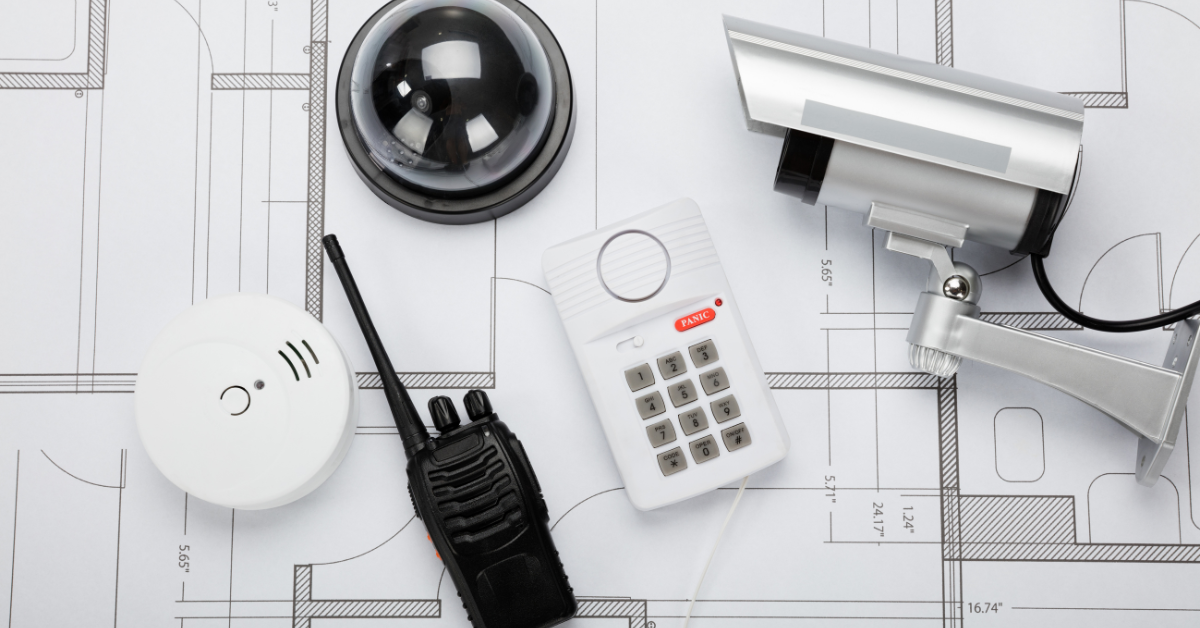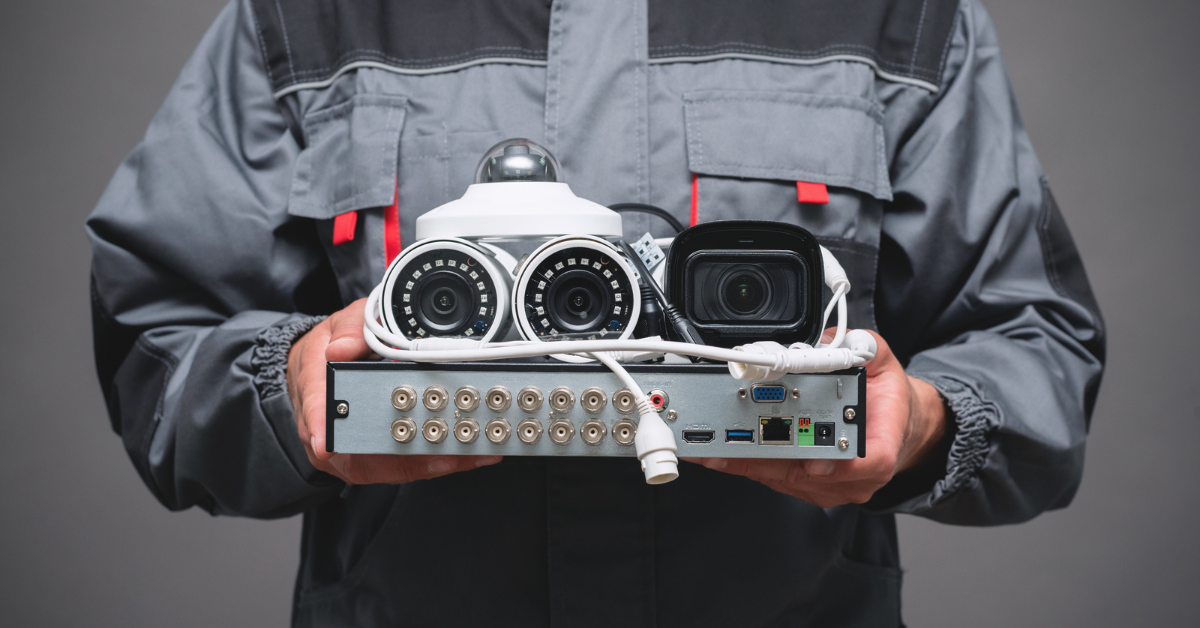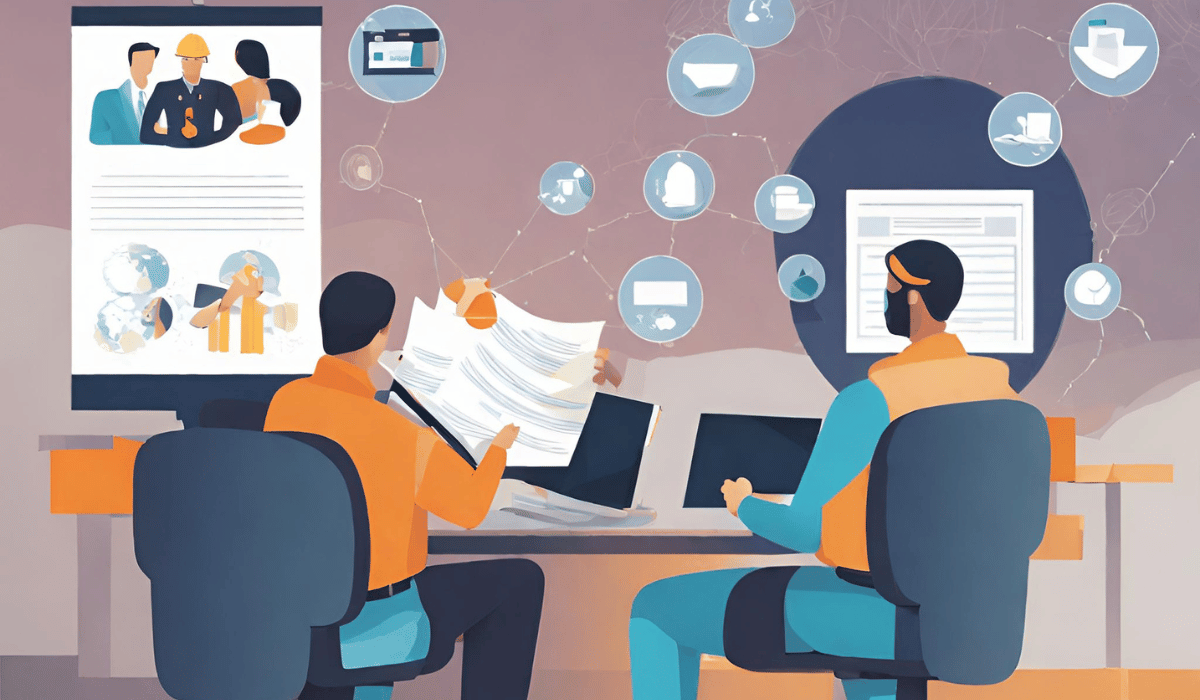Physical security is important to access control in an organization and data centers because it safeguards sensitive information, prevents unauthorized access, and protects valuable assets from theft and harm.
In today’s technologically advanced world, where sensitive data is the lifeblood of organizations, ensuring robust security measures has become paramount. Physical security plays a crucial role in safeguarding an organization’s premises and valuable assets, including data centers. This comprehensive article explores the importance of physical security in access control for organizations and data centers, understanding its critical aspects, best practices, and the significant role it plays in protecting sensitive information.
Understanding Physical Security and Access Control
Defining Physical Security
Physical security refers to implementing measures and technologies to safeguard physical spaces and assets from unauthorized access, theft, vandalism, or harm. It involves using various security systems, including surveillance cameras, access control systems, biometric authentication, and security personnel.
Importance of Access Control
Access control is an integral physical security component that regulates and monitors entry to specific areas within an organization or data center. By restricting access to authorized personnel, access control ensures that critical spaces are secure and protected from potential threats.
The Role of Physical Security in Data Centers

Securing Server Rooms
Data centers house a vast amount of sensitive information and critical infrastructure. Securing server rooms is paramount to prevent unauthorized access and potential data breaches. Access control systems, such as access cards and biometric scanners, ensure that only authorized personnel can enter these sensitive areas.
Monitoring and Surveillance
The integration of advanced surveillance technologies, including closed-circuit television (CCTV) cameras and motion sensors, enhances real-time monitoring of data center premises. This surveillance level deters potential intruders and enables swift detection and response to security incidents.
Biometric Authentication
Biometric authentication, such as fingerprint scanning and facial recognition, adds more security to data centers. Biometric data is unique to each individual, making it challenging for unauthorized entities to gain access.
Perimeter Protection
Securing the perimeter of data center facilities is vital to prevent unauthorized entry. Fencing, gates, and security personnel play a crucial role in deterring intruders and ensuring the overall physical security of the data center.
The Importance of Physical Security for Organizations
Asset Protection
Physical security measures safeguard valuable assets, including equipment, machinery, intellectual property, and confidential documents. Organizations can maintain business continuity and reduce financial losses by preventing theft and damage.
Employee Safety

Creating a secure and safe working environment fosters employee confidence, well-being, and productivity. Knowing their workplace is well-protected gives employees peace of mind and a sense of security.
Compliance and Regulations
Various industries have specific security regulations that organizations must adhere to. Implementing robust physical security measures helps organizations meet these compliance requirements and avoid legal repercussions.
Public Trust and Reputation
A strong physical security system builds customer, partner, and stakeholder trust. Organizations that prioritize security are seen as reliable and responsible, enhancing their reputation in the market.
Best Practices for Effective Physical Security
Layered Security Approach
Employing a multi-layered security strategy combines different access control mechanisms and surveillance technologies to create a comprehensive defense system.
Access Control Policies
Developing clear access control policies is essential in defining who can access specific areas and under what circumstances. Well-defined policies reduce the risk of security breaches and confusion among employees.
Employee Training
Regularly training employees on security protocols and the importance of adhering to access control procedures helps prevent security breaches caused by human error.
Regular Audits
Conducting periodic security audits identifies vulnerabilities in the physical security system, allowing organizations to address them promptly and continuously improve security measures.
Emergency Response Plan
A well-established emergency response plan ensures a swift and effective response to security incidents, minimizing potential damage and threats.
Implementing Physical Security: A Step-by-Step Guide

Step 1: Conduct a Comprehensive Security Assessment
Conducting a thorough security assessment is the first and most crucial step in implementing physical security. This assessment should identify all potential vulnerabilities and risks for your organization and data centers. By understanding your unique security challenges, you can tailor security measures to address them effectively. Utilize this phase to identify weak points in existing security protocols and develop a comprehensive understanding of your security landscape.
Step 2: Develop a Customized Security Plan
Once you have completed the security assessment, it’s time to develop a customized security plan tailored to your organization’s needs. This plan should include a detailed outline of security measures, access control mechanisms, surveillance systems, and emergency response procedures. By customizing your security plan, you can optimize your defenses and ensure they align with your organization’s requirements.
Step 3: Implement Access Control Measures
Access control is a fundamental component of physical security. Implementing access control measures ensures that only authorized personnel can access restricted areas and sensitive information. Utilize a multi-layered approach to access control, incorporating keycards, biometric authentication, and PIN codes, depending on the protected area’s sensitivity.
Step 4: Deploy Surveillance Systems
Surveillance systems play a crucial role in monitoring and deterring potential security threats. Invest in high-quality surveillance cameras strategically placed throughout your organization and data centers. Ensure the surveillance system covers all critical areas, including entrances, exits, and high-traffic zones. Additionally, consider integrating advanced analytics and artificial intelligence to enhance surveillance capabilities.
Step 5: Implement Intrusion Detection and Alarm Systems
Intrusion detection and alarm systems provide an extra layer of security by alerting personnel to unauthorized access attempts or breaches. These systems can be integrated with access control and surveillance systems to create a comprehensive security network. Regularly test and maintain these systems to ensure their effectiveness and reliability.
Step 6: Establish Emergency Response Protocols
Having well-defined emergency response protocols is vital in a security breach or emergency. Train your personnel on responding appropriately to different scenarios, such as fire outbreaks, unauthorized access, or natural disasters. Conduct regular drills to ensure everyone knows their roles and responsibilities during emergencies.
Step 7: Conduct Regular Security Audits and Reviews
Security threats are ever-evolving, and staying ahead of potential risks is essential. Conduct regular security audits and reviews to assess the effectiveness of your physical security measures. Identify areas for improvement and adapt your security protocols accordingly. Staying proactive in security assessments allows you to enhance your security measures continuously.
Step 8: Training and Awareness Programs

Even the most advanced security measures can be compromised if employees are unaware of security best practices. Conduct regular security training and awareness programs to educate personnel about potential risks and how to safeguard sensitive information. Create a security-conscious culture where employees understand security’s importance and role in maintaining it.
Step 9: Continuously Evolve and Adapt
The security landscape is constantly evolving, with new threats emerging regularly. To stay ahead of potential risks, evolving and adapting your physical security strategies is essential. Stay informed about the latest security trends and technologies, and be prepared to update your security plan.
Step 10: Partner with Security Experts
While implementing physical security measures is crucial, navigating the complexities of security alone can be challenging. Consider partnering with security experts and consultants who can provide valuable insights and recommendations based on their industry expertise. Working with professionals can help you build a robust and reliable security infrastructure.
Key Takeaways
- Physical security protects organizations and data centers from unauthorized access and security breaches.
- Access control, surveillance, and biometric authentication are essential to a robust physical security strategy.
- Regular employee training and clear access control policies create a secure working environment.
- Addressing specific security challenges with tailored measures enhances overall security effectiveness.
- Integrating physical and cybersecurity efforts is crucial for comprehensive organizational security.
FAQs
Q: How does physical security enhance data center protection?
A: Physical security measures, such as access control and surveillance, prevent unauthorized access to data centers and protect valuable information.
Q: What are the key components of a robust physical security strategy?
A: A strong physical security strategy includes access control policies, surveillance systems, biometric authentication, and perimeter protection.
Q: How can organizations balance physical and cybersecurity efforts effectively?
A: Integrating physical and cybersecurity measures and ensuring collaboration between relevant teams can create a balanced and comprehensive security approach.
Q: Are there any emerging trends in physical security practices?
A: Yes, advancements in biometric authentication, AI-driven surveillance, and IoT integration are shaping the future of physical security.
Q: Can physical security contribute to regulatory compliance?
A: Absolutely; implementing robust physical security measures helps organizations meet regulatory requirements and avoid penalties.
Conclusion
Physical security is integral to access control for organizations and data centers. By adopting a multi-layered security approach, implementing best practices, and embracing technological advancements, organizations can create a secure environment for their assets, employees, and customers. In a world where security threats continue to evolve, physical security remains a fundamental investment for any organization committed to protecting sensitive information.
